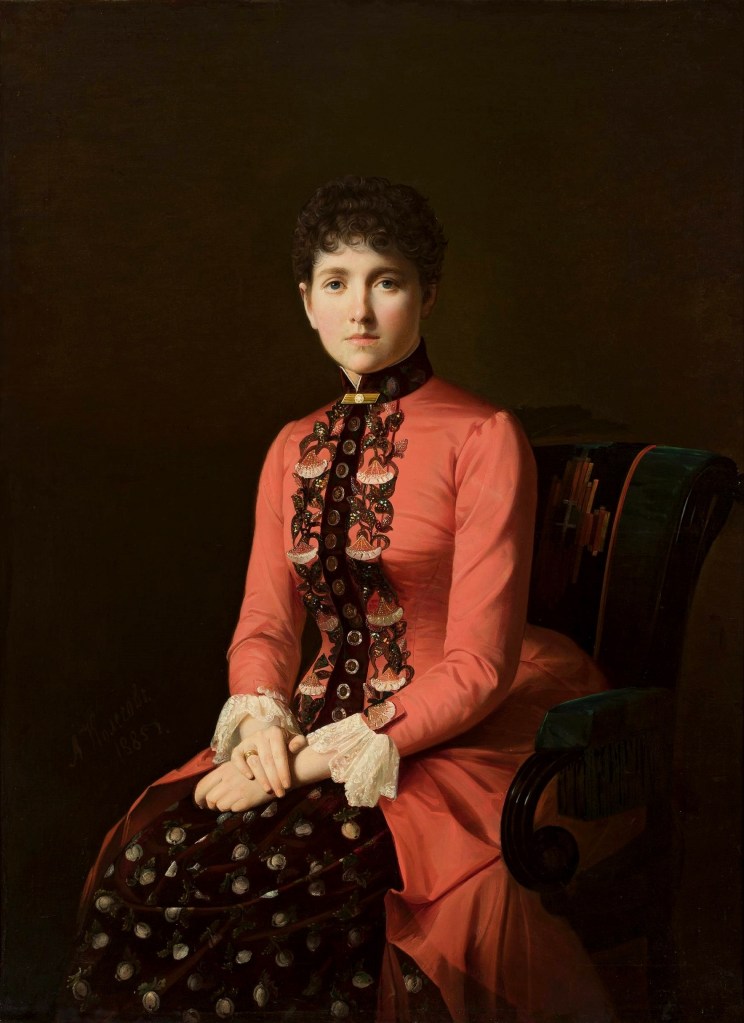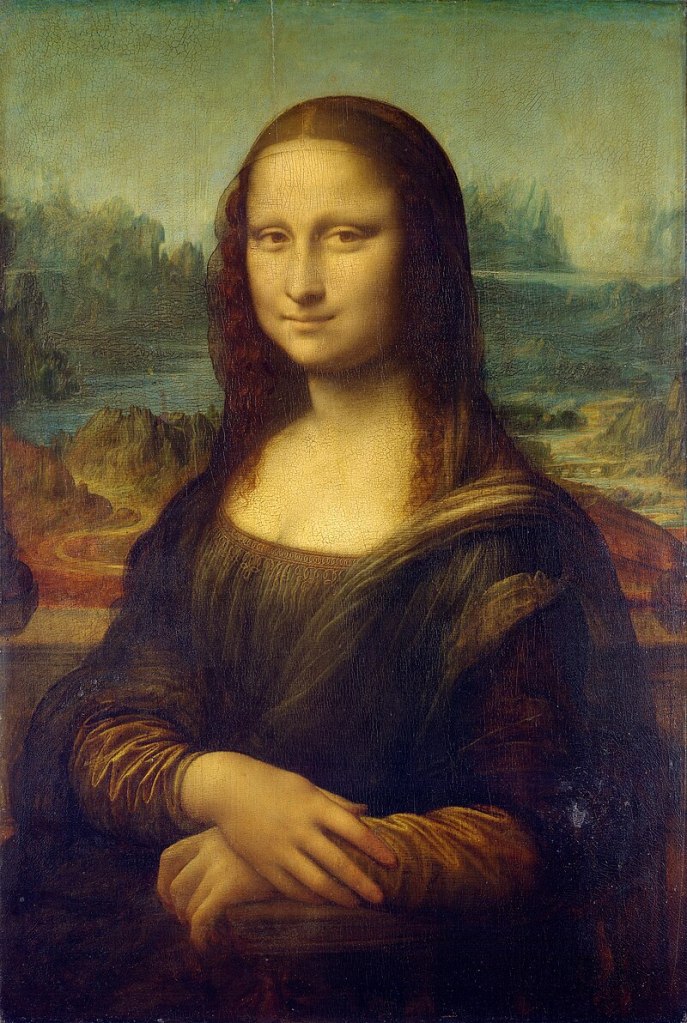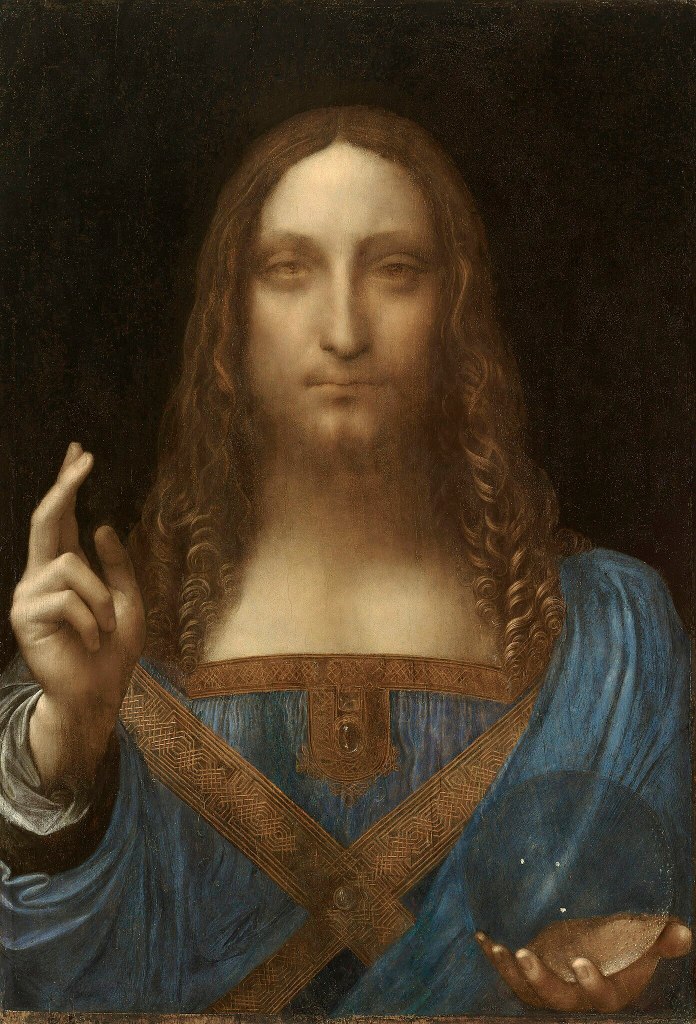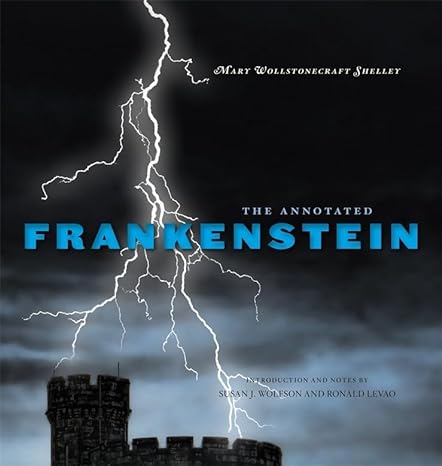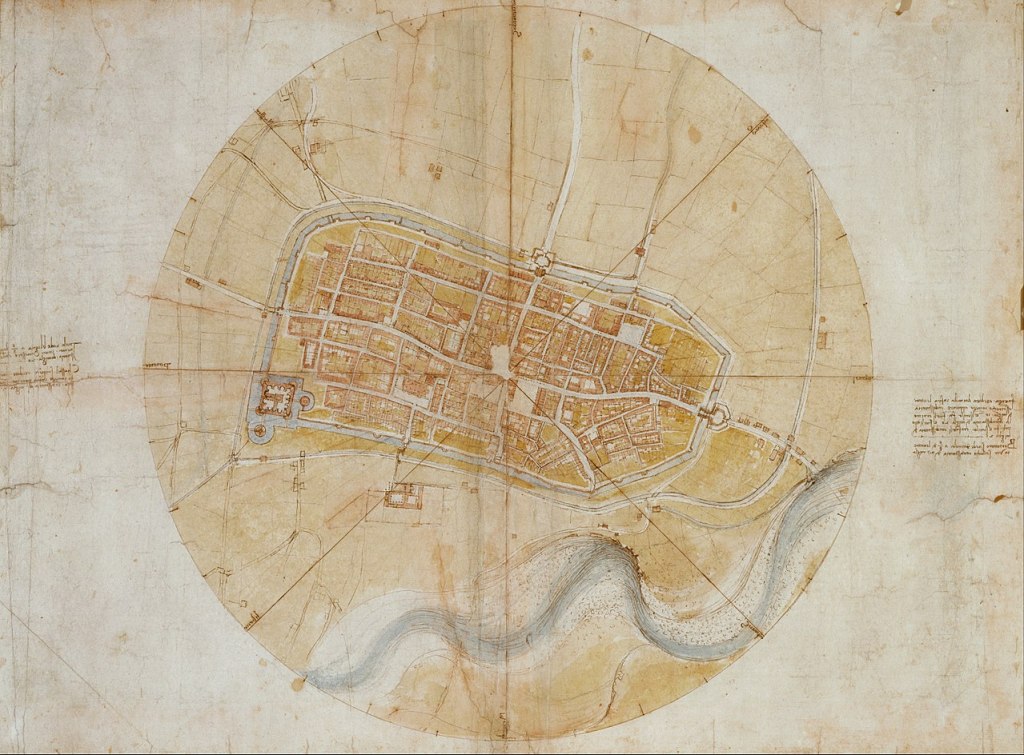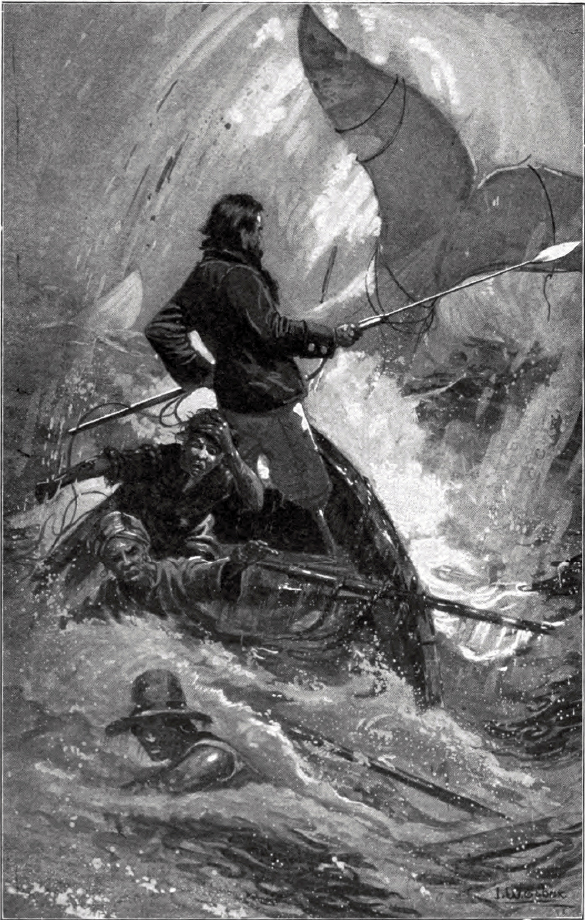Theaters: 15 December 2023
Streaming: 15 December 2023
Runtime: 102 minutes
Genre: Documentary-Music-Rock and Pop
els: 9.0/10
IMDB: 8.5/10
Rotten Tomatoes Critics: 100/100
Rotten Tomatoes Audience: 92/100
Metacritic Metascore: 75/100
Metacritic User Score: 8.5/10
Awards: Tons
Directed by: Denny Tedesco (Son of 1960s session musician Tommy Tedesco)
Music by: Everyone
Cast: James Taylor, Carole King, David Crosby, Keith Richards, Linda Ronstadt, Jackson Browne, Don Henley, Stevie Nicks, Warren Zevon, Phil Collins, Lyle Lovett, Steve Jordan, Neil Young, plus the band
Film Locations: USA
Budget: –
Worldwide Box Office: $66,100
Some of the greatest rock and pop session and touring musicians ever come together after 50 years of playing for others to play as family. The Immediate Family is Danny Kortchmar on guitar and vocals, Russ Kunkel on drums, Steve Postell on guitar and vocals, Leland Sklar on bass, and Waddy Wachtel on guitar and vocals.
This documentary follows the musicians from their beginnings in the 1970s as studio musicians that decided to take their talent on the road. In the past the studio guys backed the stars and helped them get their music to the market and that was it. Studio guys didn’t go on the road because when they got back someone else would have taken their job. Going on tour is something session musicians just didn’t do until Danny, Russ, Steve, Leland, and Waddy came along. They were so good that the artists asked for them and the studios went out and brought them in.
They have just released their second studio album, Skin In the Game, on 16 February 2024 through Quarto Valley Records. Skin in the Game weighs in with 14 tracks, 13 originals plus a cover by the Sparks’: “The Toughest Girl in Town”. It is a wonderful addition to their first eponymous named album/EP.
If you followed rock and pop through the seventies and onward you heard these guys play, you just may not have known who they were; until now.

